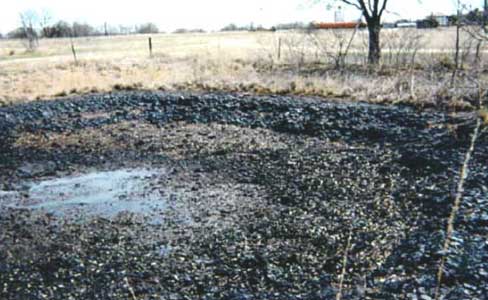AREAS OF APPLICATION
• Application in the maintenance and cleaning of tanks.
• Degassing and decontamination of tanks containing volatile products and/or with contaminated sludges.
• Cleaning of machinery (pumps, motors, mixers, compressors, etc.)
• Cleaning for walls, industrial and office floors.
• Cleanup for spills, hydrocarbon contaminated waters and oil spill wastewaters.
• Remediation after spills
• Neutralizes flammable product vapors and eliminates hydrocarbon odors. • Reduces the risk of fire and combustion
• Reduces risk to the environment








